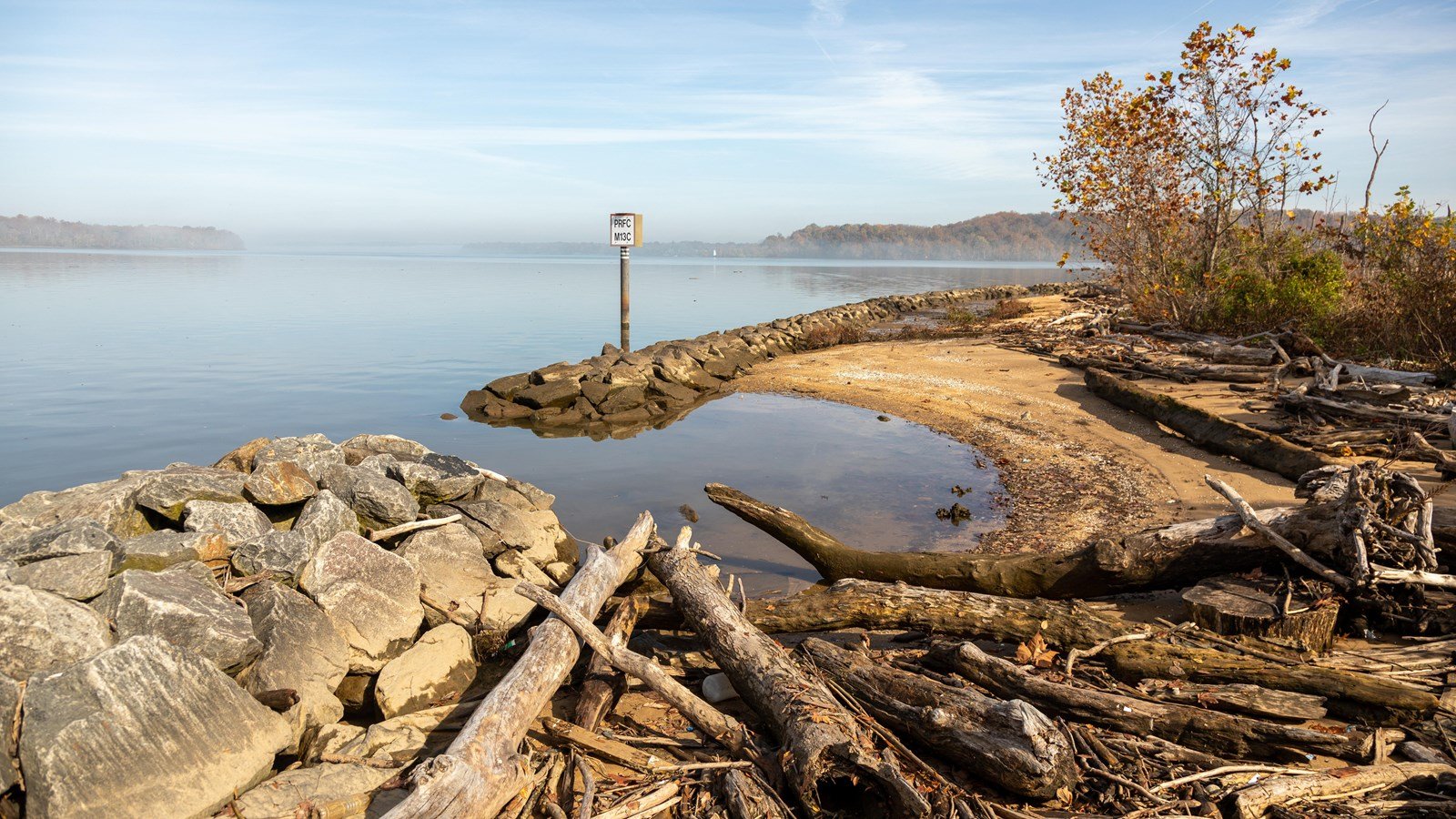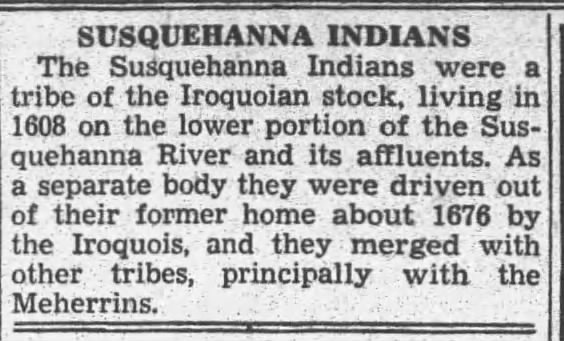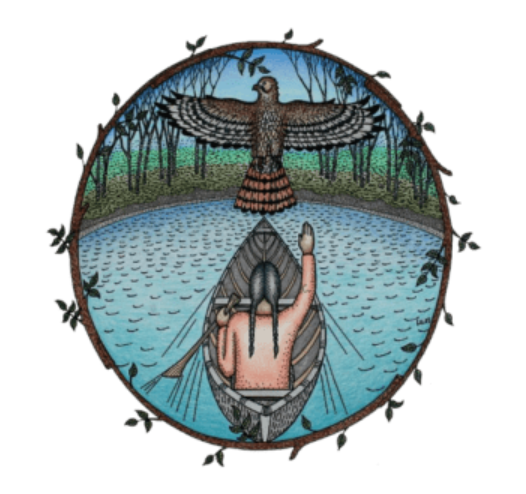While Maryland thrived with our ancestors serving as a defensive buffer against northern tribes, years of absorbing Haudenosaunee raids took its toll on our people, who ultimately paid an enormous price in establishing the state of Maryland. In 1675, after numerous raids and a smallpox outbreak, our ancestors could pay no more, and left their position north of the province and relocated south, seeking safety among our Maryland allies. While Charles Calvert, governor of Maryland, wanted our tribe to relocate to the Great Falls area on the Virginia border to continue to serve as a buffer, our tribe instead built a palisaded village on Piscataway creek in southern Maryland, where we would be safe from rival tribes. In that same year, the Susquehannock were blamed for numerous raids in the region resulting in the sudden abandonment of our alliance with the Province of Maryland. In 1675 Maryland and Virginia mounted a 1,000+ man surprise attack on the settlement at Piscataway creek beginning a cycle of betrayal and murder that would reappear throughout colonial relations until the Conestoga massacre in 1763.
Upon arrival at our fort, the English invited our 5 leaders outside the fort to negotiate, then summarily executed all 5 without cause, resulting in intermittent fighting until our people fled in the dark of night, seeking refuge in the Virginia piedmont. Two settlements were established on the Meherrin river near the Occaneechi tribe. In 1676, the Susquehannock were assumed to be engaging in raiding plantations on the Rappahannock river. Nathaniel Bacon, who was dissatisfied with the response of Virginia governor William Berkely, formed a militia and enlisted the Occaneechi in the effort to destroy our people. When the Occaneechi returned from their attack on the Susquehannock villages, Bacon indiscriminately slaughtered an estimated 200 Occaneechi men, women, and children.
The Susquehannock ancestors who survived this attack were scattered, marking the beginning of the first major Susquehannock diaspora movement, which is not well
Gallery:
documented or understood. It is believed that some survivors merged with the Meherrin, which is supported by our oral history. The Meherrin were an Iroquoian tribe with many linguistic and cultural similarities to our own. Other survivors returned to the Susquehanna river, while some merged with the Lenape. In 1677 our ancestors made peace with the Haudenosaunee by joining the Covenant Chain alliance as a tributary, which invited the tribe to live among the Haudenosaunee nations in northern Pennsylvania and New York. 26 families remained among the Lenape, but an unknown number from the Susquehanna settlement joined the Oneida, Cayuga, and Onondaga. These Susquehannock who remained among the Lenape are believed to be the ancestors of those Nanticoke Indians of Conestoga-Susquehannock descent who were documented in the early 1900s.

Mockley Point, where colonial leaders executed 5 Susquehannock leaders without cause.

An old newspaper article touching on our intertribal relationships with the Meherrin tribe.

The seal of the Occaneechi Band of the Saponi Nation, who maintain the culture and language of their ancestors to this day, despite the massacre at Occaneechi Island.

The seal of the Meherrin Indian Nation, a fellow Iroquoian tribe that some Susquehannock families merged with.
